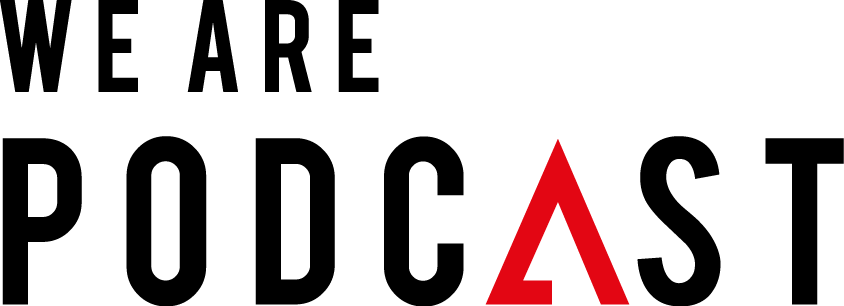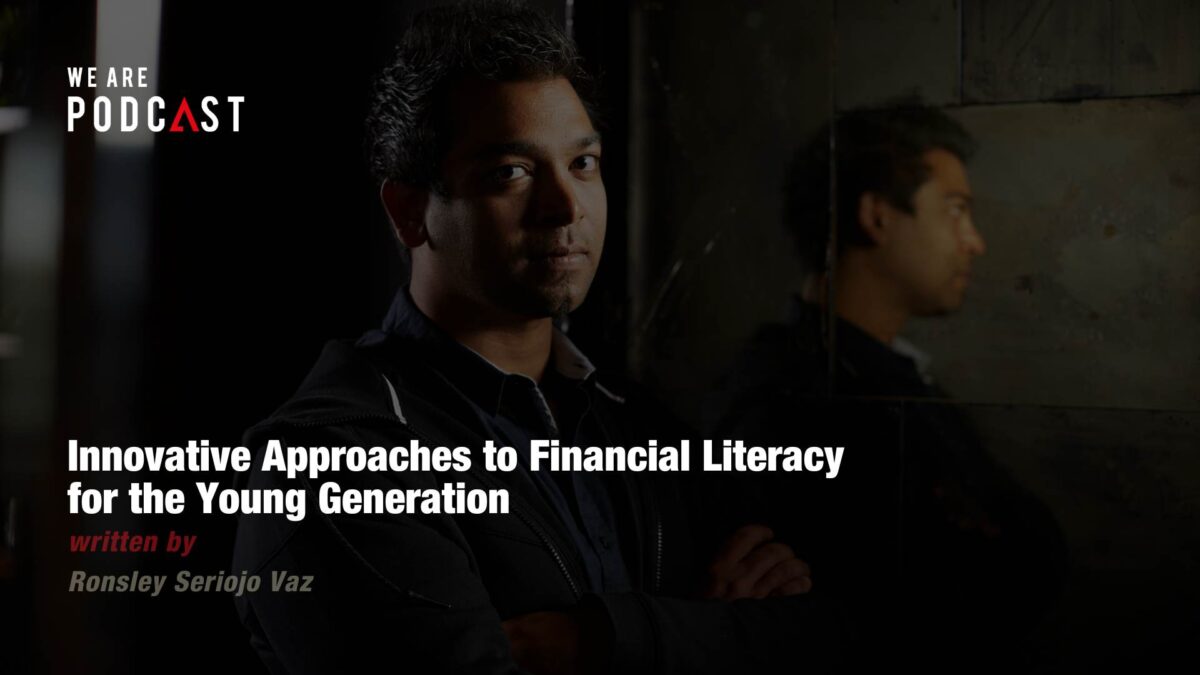Have you ever asked yourself why financial literacy doesn’t spark as much interest in the younger generation as the latest social media trend? In a world dominated by digital innovation and fast-paced lifestyles, traditional teaching methods, especially on subjects like finance, often fail to engage the youth. They crave interactivity, relevance, and innovation in learning – elements that traditional financial education has struggled to provide.
In this article, we’ll explore some of the most innovative approaches to teaching financial literacy to young people. These methods aren’t just about imparting knowledge; they’re about transforming how the younger generation perceives and interacts with the world of finance.
1. Gamification of Financial Learning
Gamification involves using game-design elements in non-game contexts. It’s a powerful educational tool, especially for complex subjects like finance. By turning financial concepts into engaging, interactive games, we can make learning about money management both fun and effective. Games can simulate real-life financial scenarios, allowing young people to make decisions, face consequences, and learn in a risk-free environment. This approach not only increases engagement but also enhances retention of financial concepts.
For example, consider a game that simulates the stock market. Players can invest virtual money in a range of stocks, track their progress, and adjust their strategies based on real-world economic indicators. This kind of game not only teaches the basics of investing and market trends but also imparts valuable lessons on risk management and long-term planning. Through such immersive experiences, young learners can acquire complex financial skills intuitively and engagingly, making gamification a powerful tool in modern financial education.
2. Integrating Technology and Apps
Today’s youth are digital natives. Integrating technology into financial education meets them where they are most comfortable. Mobile and web applications offer interactive platforms for learning about budgeting, saving, and investing. These apps often use engaging interfaces and real-time data to provide a hands-on financial management experience. They can also be personalised, allowing users to set goals and track progress, making the learning experience both relevant and rewarding.
A prime example of such an app is “Mint.” Mint is a popular personal finance app that helps users track and manage their finances. It links to bank accounts, categorises expenses, helps create budgets, and provides insights into spending habits. By visualising where money goes and suggesting ways to reduce expenses or save more, Mint turns personal financial management into an accessible and engaging experience. This real-world application of technology makes learning about finance relevant and practical for the digital-savvy youth.
3. Storytelling and Real-life Scenarios
Stories have a unique way of engaging and teaching. Storytelling and real-life scenarios in financial education can make complex concepts relatable and easier to understand. Whether through case studies, anecdotes, or hypothetical situations, storytelling helps contextualise financial principles, making them more tangible and meaningful. This approach not only aids in understanding but also helps develop empathy and ethical thinking regarding financial decisions.
4. Financial Literacy Podcasts and Media
Podcasts and other digital media are excellent platforms for teaching financial literacy. They can reach a wide audience and provide information in an engaging, easily digestible format. Financial podcasts can cover topics, from basic financial principles to more advanced concepts, and feature experts, influencers, and relatable stories. This medium allows for a more personalised learning experience, as listeners can choose topics that interest them and learn at their own pace.
Marilyn Pinto’s “Smarter Richer Braver” podcast is a notable example. This podcast specifically targets young adults and teens, covering various financial topics, from basic money management to more intricate financial planning strategies. It features engaging discussions, expert insights, and practical advice, making it an excellent resource for those looking to enhance their financial knowledge. The conversational style of the podcast makes complex topics more approachable and digestible, perfectly catering to the learning preferences of the younger generation. Marilyn’s experience and expertise in financial education make her podcast an invaluable tool for empowering youth with the knowledge to make smarter financial decisions.
5. Collaborative Learning and Peer Education Collaborative learning and peer education leverage the social nature of the young generation. Learning about finance in groups or from peers can be more impactful than in traditional classroom settings. It encourages discussion, problem-solving, and the sharing of diverse perspectives. Moreover, peer-led initiatives can foster a sense of responsibility and leadership among young people, empowering them to take control of their financial education.
Delving deeper into the concept of collaborative learning and peer education, this approach particularly resonates with the social and interactive nature of the younger generation. This learning method goes beyond the traditional teacher-student dynamic, fostering a more engaging and participatory environment. In group settings, learners are likelier to engage in deeper discussions, challenge each other’s understanding, and collectively solve problems. This collaborative environment can also lead to the creation of peer-led projects and initiatives, further reinforcing financial concepts through practical application. Such group-led activities enhance learning and build essential soft skills like teamwork, communication, and leadership. Collaborative learning and peer-led education make financial literacy a shared journey, creating a community of informed and empowered young financial enthusiasts.
In conclusion, these innovative methods offer exciting opportunities to revolutionise financial education for the younger generation. By making financial literacy engaging, relevant, and accessible, we can empower young people to take charge of their financial futures, paving the way for a more financially literate society.

